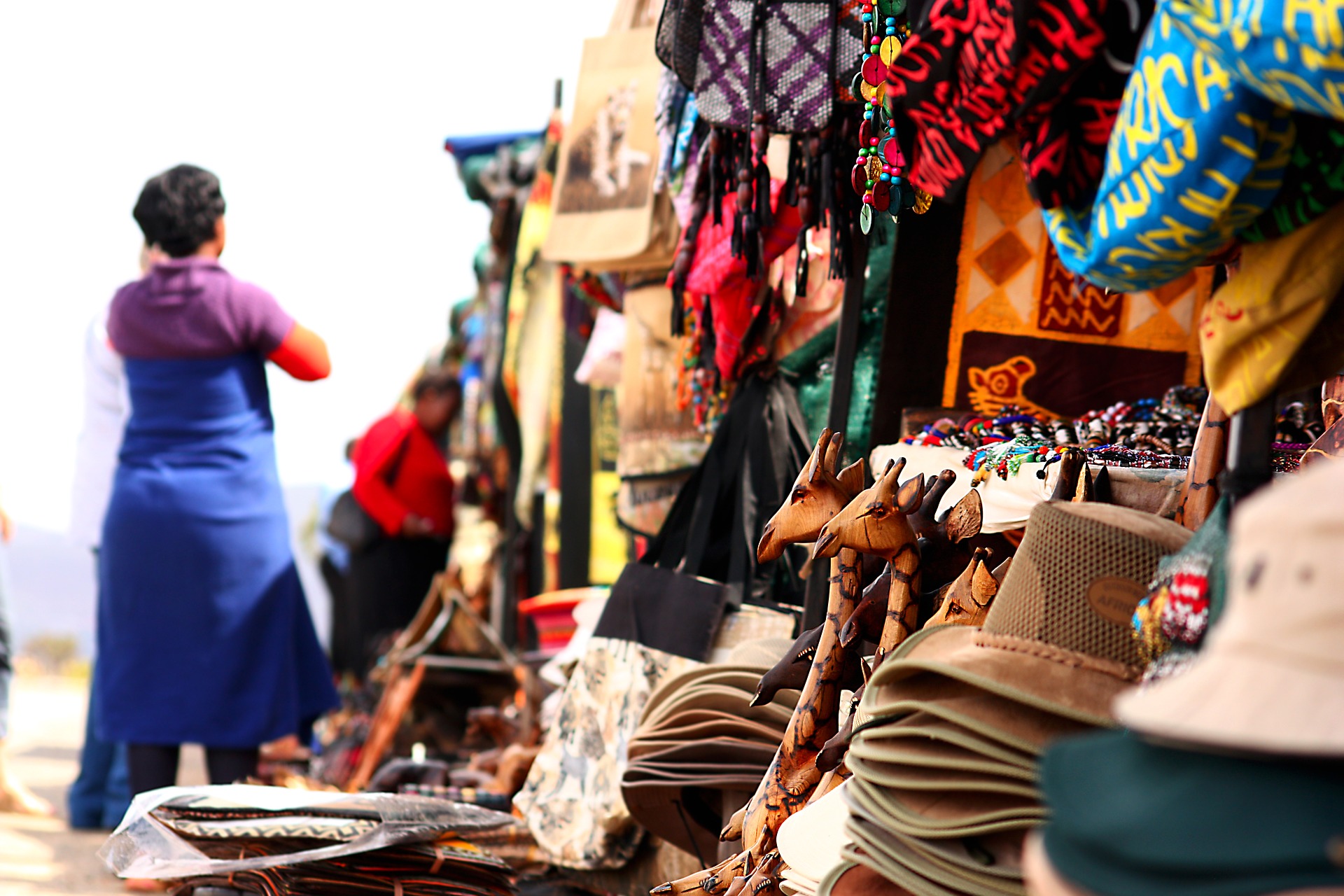Peace by the thread
As church president, I never get tired of calling members to dialogue and coexistence of different visions, which is not easy in a time of political and religious polarization, relaxation on gun control, hatred, violence and discrimination.
It can currently be seen in the parishes of the IECLB that the political situation in Brazil is markedly polarized by Bolsonaro’s words and deeds. People from the same church parish are attacking each other with words of accusation and hatred. In this situation, we as a church are looking for experiences of peace. We ask ourselves how we can live together in the IECLB, in the parishes, with such different thoughts and opinions?
I always remember a seamstress in the state of Santa Catarina, where I began my work as a pastor in the 1980s. She had 12 children, sewed clothes for her whole family, and in order to earn a little money, she also sewed for neighbors who were all very poor. The people in this place knew each other well, but had different political opinions; they lived in the same place, belonged to the same religious community, and had their clothes made by the same seamstress. She told me that most of the people in this village did not get along well with each other, but she did not argue with anyone. She just listened to their stories and always said, “God knows the truth.”
“Pastor,” she said, “all the people were sure that they themselves were right and that their truth was God’s truth.” It was winter and she didn’t have much work, which allowed us to have more time for conversation. After a snack, she showed me what she had made with small scraps of fabric: she had made a quilt for the children of the community. It was beautiful, colorful, and made from many pieces of fabric in different sizes that she worked into a whole. The art of this seamstress, to put together such different pieces and to sew a quilt from small pieces of fabric that came from people who did not get along well with each other, that was the image of the community. The seamstress put them together in their different sizes to make a quilt that was used to warm the lives of the children. She told me, “This is the blanket of PEACE!” She was referring to a Bible study we had done in the community after the elections, that had caused tremendous division among the people of the community. We reflected together on the peace that Christ offers us for the good life. Based on John 14:27, “Peace I leave with you; my peace I give to you.”
The blankets made from different pieces of cloth were an occasion for dialogue in community life to achieve unity and peace. The blanket warmed the bodies of the children who grew up with the realization that together they formed the community of faith and that different people could live together and form a community of faith in which each member had his or her place.
I am sure that the IECLB has many female (and male) seamstresses who, with words and deeds of solidarity, shape peace. They are witnesses of God’s Word, witnesses who act in the midst of hatred and polarization.
What are we doing to maintain and live the peace that Christ offers us? Can we do more to build up the experience of peace among us? It is an eternal quest in the study of God’s Word and in life in the church that transcends the boundaries of separation.
I believe that peace is a gift of Christ for my life, for your life, for our life. Peace is a gift we receive and live, that reaches out to others and to all of God’s creation. To live in peace does not mean to agree with the faults, but in dialogue from the Word of God we can seek the change.
Sílvia Beatrice Genz





